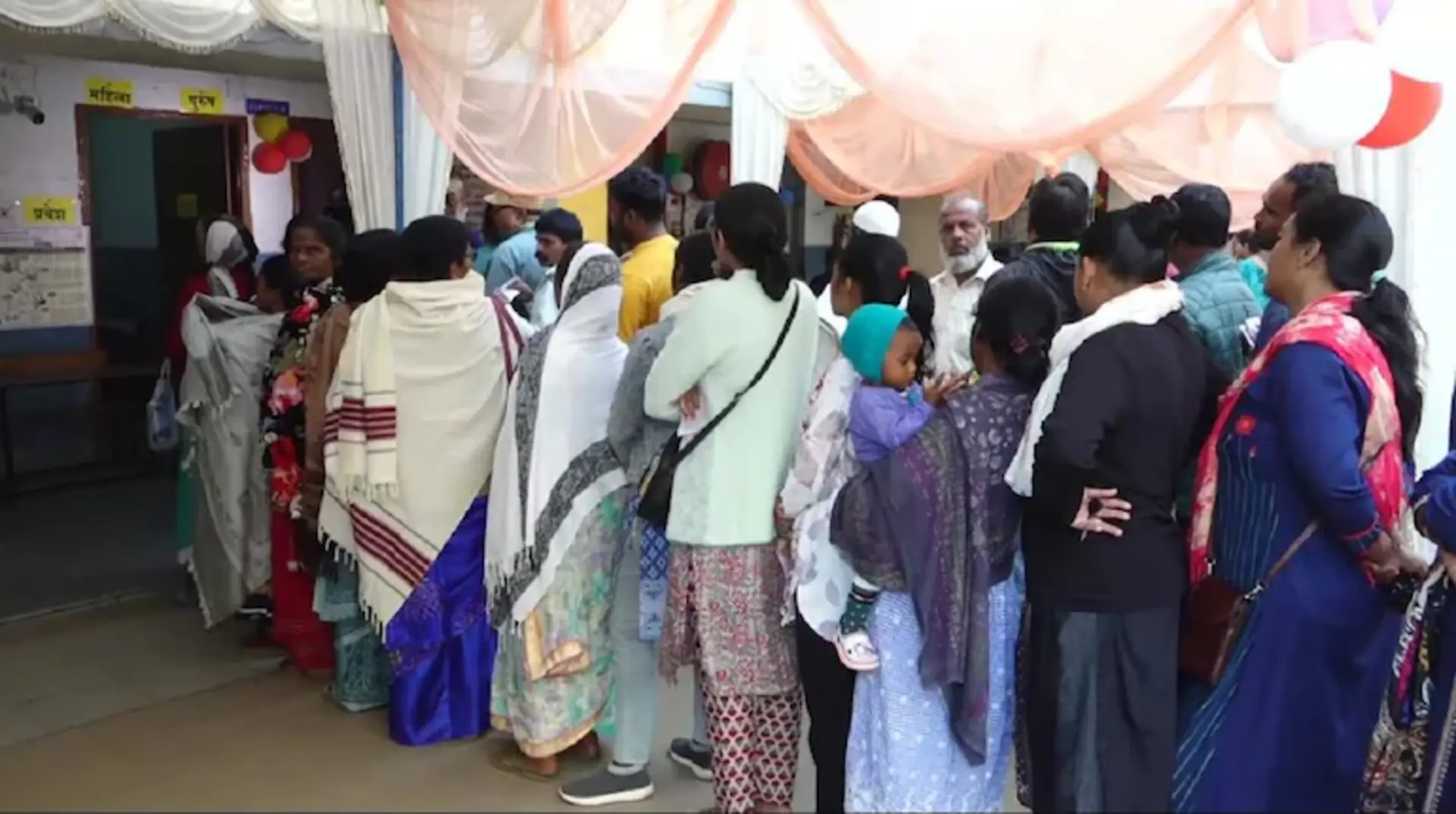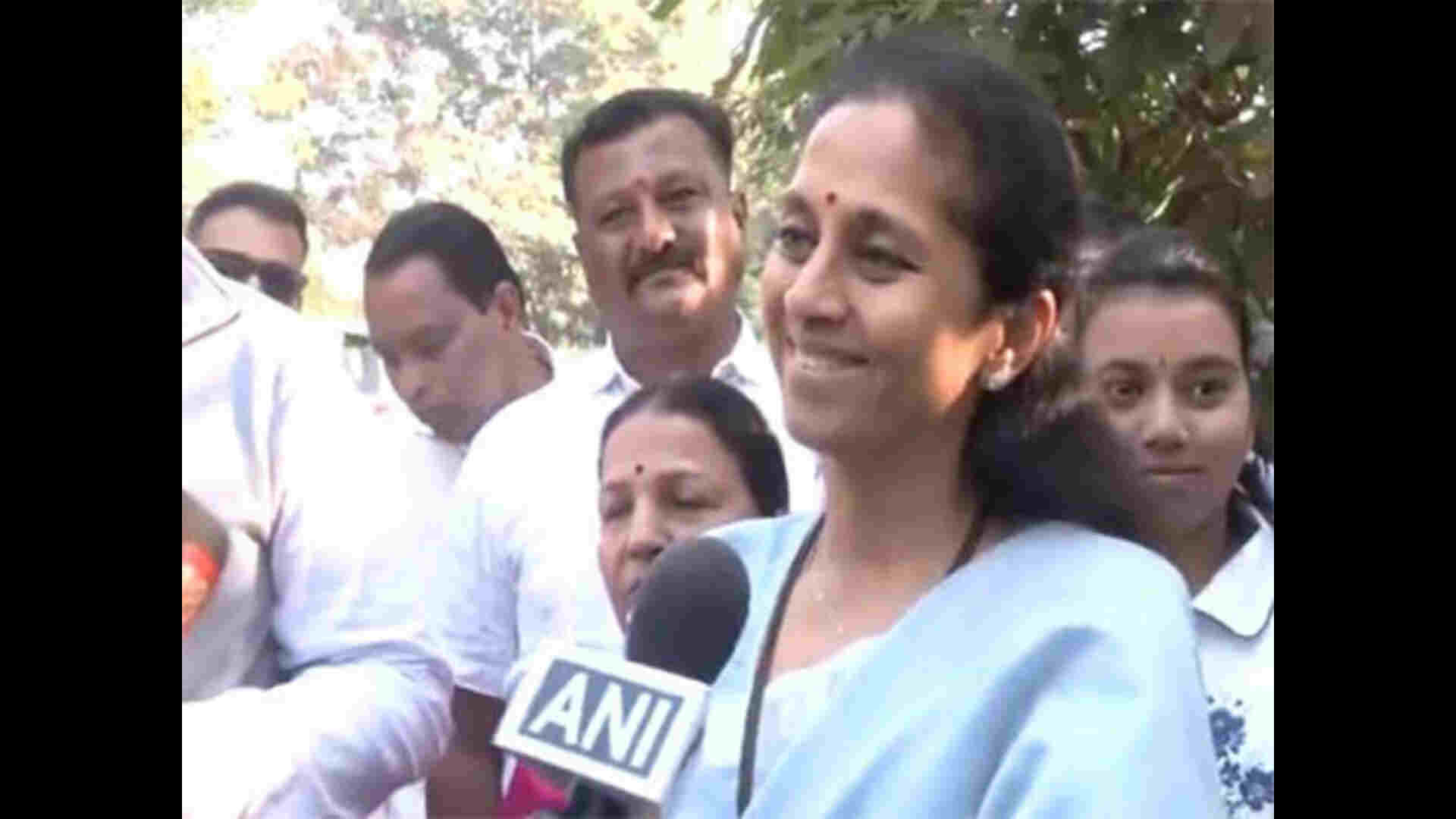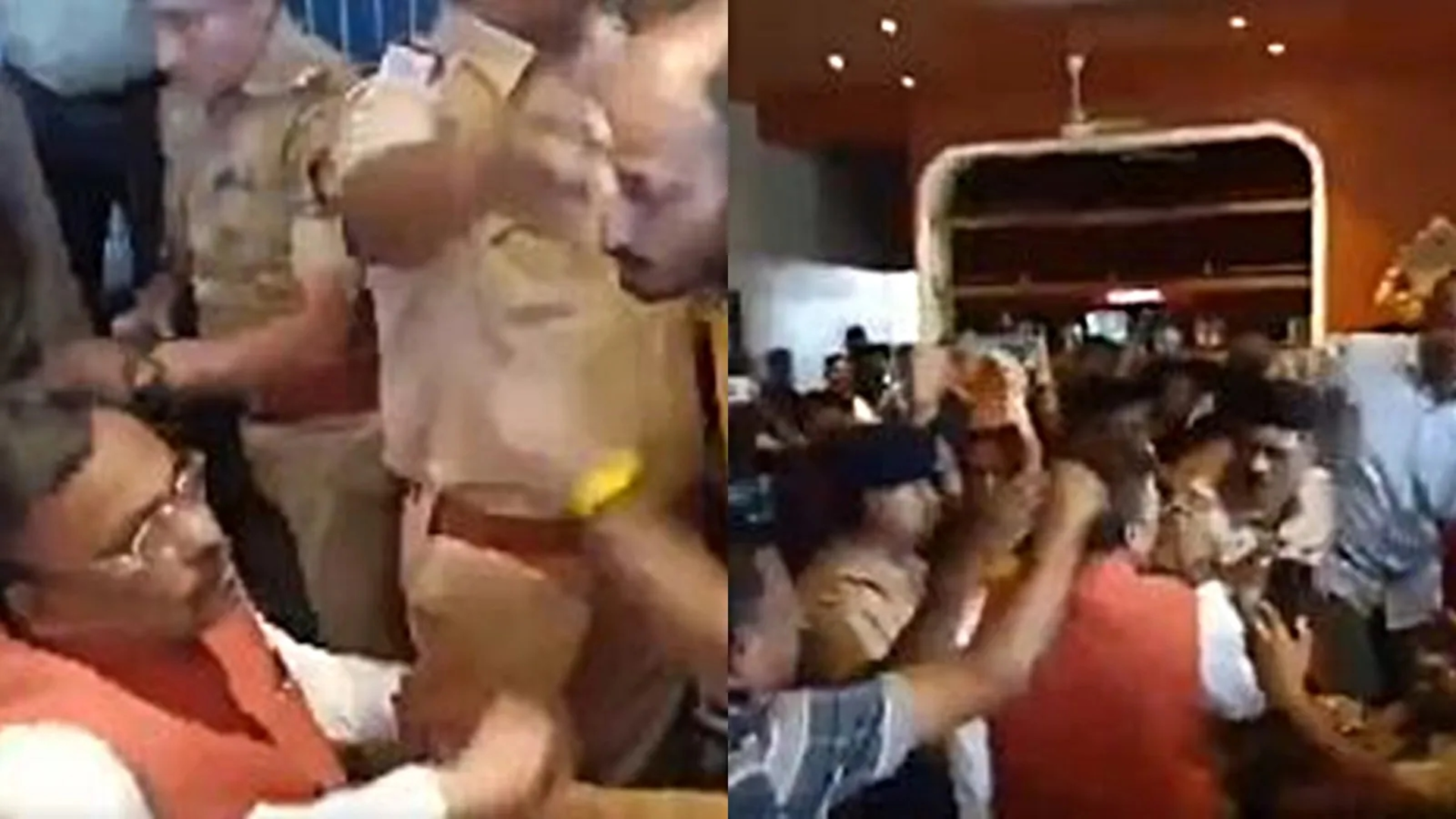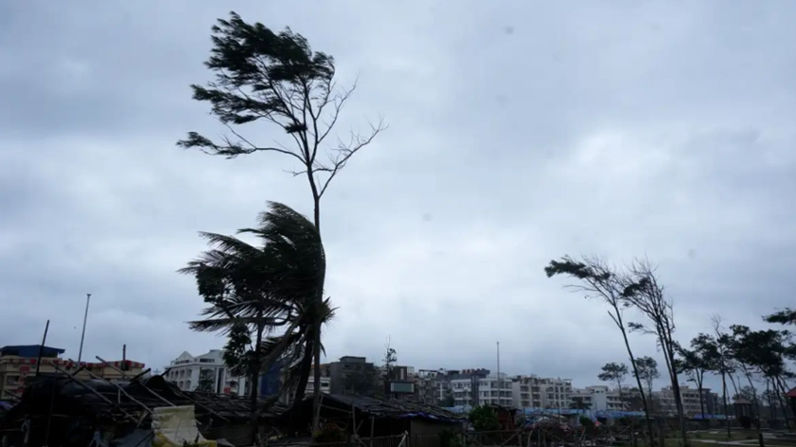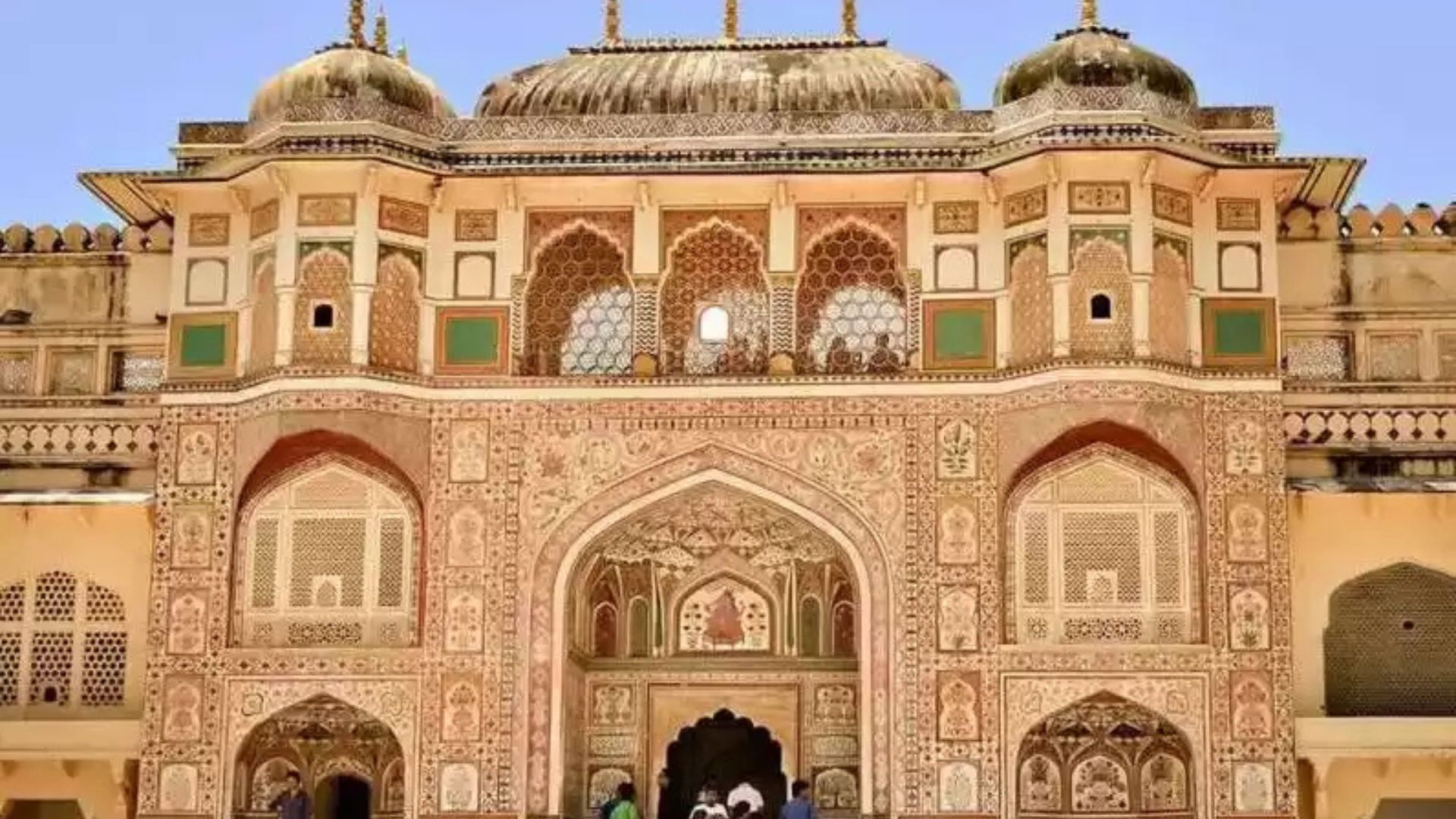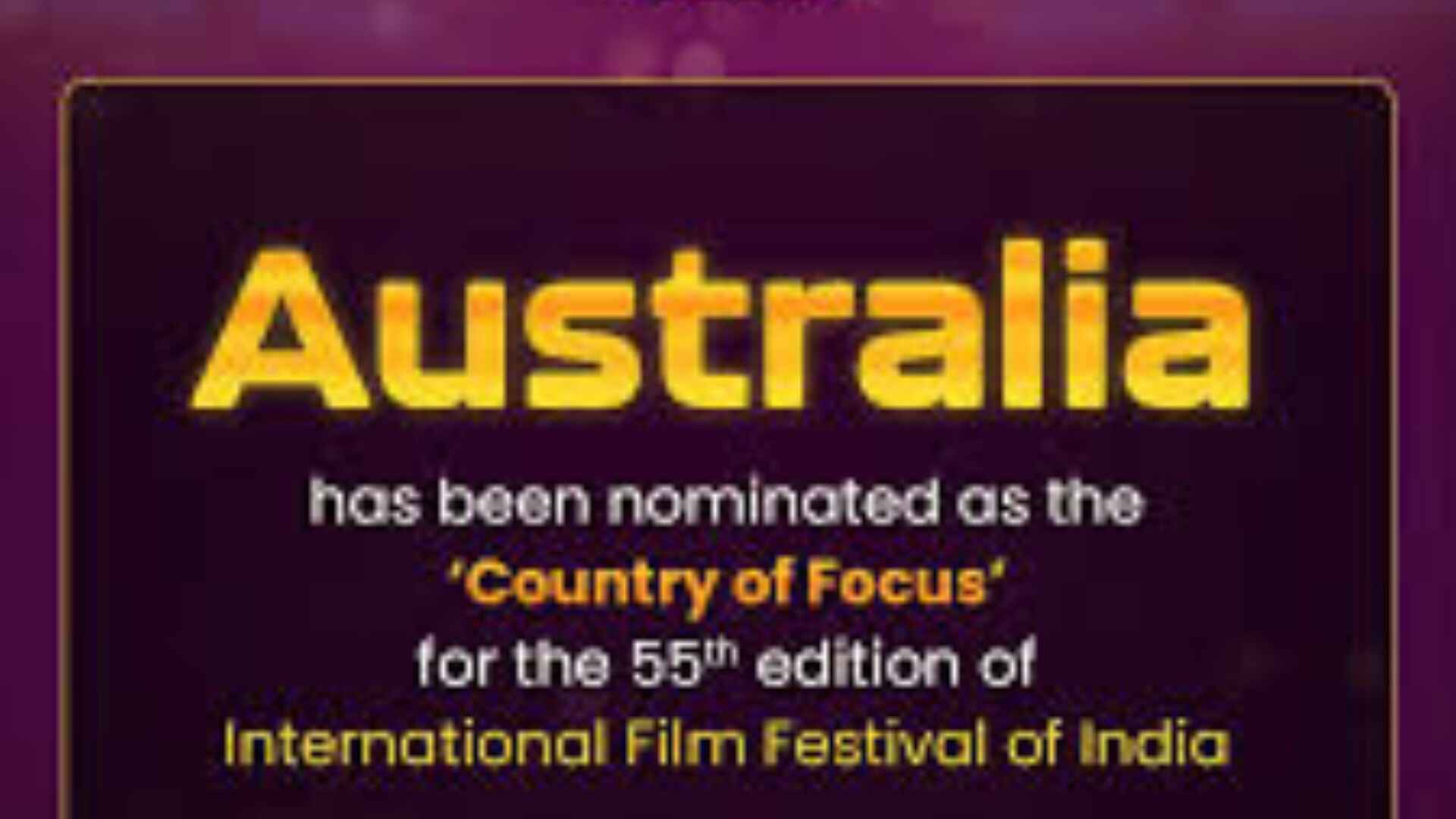
The news these days is dominated by media trials invariably sensationalising some case or the other. Media trials, including newspaper trials, have become so systemic over a period of time that they have assumed the visage of being natural and normal. This is despite the fact that courts have traditionally frowned upon such practice.
An early Indian authority — exactly 100 years old — pertained to the publication of a document that was part of a pending case and of comments upon such document by none other than Gandhi in the newspaper, Young India. In its decision pronounced on 12 March 1920 (In Re: Mohandas Karamchand Gandhi (1920) 22 Bom LR 368), the Bombay High Court explained that: “(s)peaking generally, it is not permissible to publish comments on or extracts from any pending proceedings in this Court, unless the leave of the Court be first obtained. Many good reasons may be advanced for this but the underlying principle is, I think, that of the due administration of justice for the public benefit, one incident of which demands that as a matter of common fairness, both parties shall be heard at the same time and in the presence of each other on proper evidence by an independent and unprejudiced tribunal. That object would be frustrated if newspapers were free to comment on or to make extracts from proceedings which were still sub judice. It matters not whether those comments and extracts favour prosecutor or accused, plaintiff or defendant. The vice is the interference with what is the Court’s duty and not a newspaper’s, viz., the decision of the pending case.”
The High Court relied upon an old English case, Rex v. Empire News Limited, which dealt with a situation where a newspaper had commented on a pending murder case. The Bench led by the Chief Justice of England had held that “(t) he Court could not permit the investigation of murder to be taken out of the hands of the proper authorities and to be carried on by newspapers”, and that the “liberty of the individual even when he was suspected of crime and indeed even more so when he was charged with crime must be protected”.
The High Court similarly deprecated the practice of premature publication of document, while observing that “(o)ne can easily see the evils which would arise if it were permissible to publish a plaint containing (say) charges of fraud against some respectable man before he could even put in his answer, and long before the charges could be judicially determined.”
Few would disagree with these propositions. This article proceeds to examine the more ticklish aspect as to the legal consequences that ought to ensue for those conducting a media or newspaper trial.
For centuries, the making of comments on pending cases or premature publication of documents has been viewed as contempt of Court. Halsbury’s Laws of England declares that it is “a contempt to publish copies of the pleadings or evidence in a cause, while proceedings are pending.” Oswald on Contempt opines that “(p)rinting, even without comments, and circulating the brief, pleadings, petition, or evidence of one side only, is a contempt”. Such view can be illustrated by a brief discussion on In Re: Mohandas Karamchand Gandhi. Let us consider how this case came about.
Gandhi was a Barrister from Inner Temple, one of the four Inns of Court in the U.K.. The Inner Temple website documents in a post that Gandhi left Bombay for Britain on 4 September 1888 on the steamer Clyde and disembarked seven weeks later after ‘celebrating’ his 19th birthday at sea. Gandhi was called to the English Bar on 10 June 1891 and sailed for home two days later, after having enrolled in the High Court there. Gandhi sought to set up his practice as a Barrister in Bombay. As a matter of fact, he had applied for enrolment with the Bombay High Court on 16 November 1891 – much before his travel to South Africa in 1893. Gandhi’s struggles in South Africa led to him to formulate the idea of Satyagraha or non-violent civil resistance, which he later put to good use during the Indian freedom movement against the British.
The year 1919 witnessed the draconian Rowlatt legislation, which inter alia permitted arbitrary arrests, preventive incarceration and closed trials of suspected political dissidents. Gandhi’s response was a call for Satyagraha. It appears from the decision of the Bombay High Court of 15 October 1919 (In Re: Jivanlal Varajrai Desai, (1920) 22 Bom. LR 13) that several pleaders of the Ahmedabad District Court had signed what was known as the Satyagrahi pledge that obliged them to “civilly”, or as the High Court put it, “politely”, refuse to obey the law. In those days, the Bombay High Court had the disciplinary jurisdiction over the pleaders in Ahmedabad. B.C. Kennedy, the then District Judge of Ahmedabad, sent a letter dated 22 April 1919 to the Bombay High Court stating that on 16 April 1919 he had an interview with some of these pleaders, namely, Gopalrao Ramohandra Dabholkar, Krishnalal Narsilal Desai, Manilal Vallabhram Kothari and Kalidas Jaskaran Jhaveri, and had sought an explanation which left “matters much where they are”. Kennedy stated that since these gentlemen had the impression “that the Rowlatt Bill legislation is a crime” he “would not blame them for going to the edge of the law to oppose it” and that they were all men for whom he had “considerable esteem” and had “known them and appreciated them for some years”. Kennedy wrote that it was “very painful” for him to raise their case, but he was “of the opinion that they are unfit to practise until they have severed their connection with this league in the same public way in which they have joined it.” Kennedy also named two Barristers who were prominent members of the local Satyagrahi league, namely, Jivanlal Varajrai Desai and Vallavbhai Jhaverbhai Patel, and over whom he had no power.
The Bombay High Court issued notices to the named lawyers regarding their conduct, not as citizens but as advocates and pleaders. The Court observed that it had “nothing to do with their political views” nor “with expressions of opinion on their part, however strong, against any particular measure proposed by the Legislature”. The question was formulated as to whether the signing of the pledge to civilly disobey the law was consistent with the duties which they owed as officers of the Court. The Court took the view that “(t)heir duty as pleaders and advocates under their sanads is to advise their clients to the best of their abilities as to what the law is, not as to what the law should be in their opinion”, and that “(a) very sound principle to remember is that those who live by the law should keep the law”. The Court held that “it would be impossible for them to keep their duties to the League separate from their professional duties”, since it would be “the respondent’s duty as a Satyagrahi to persuade the client to disobey the law, it would be his duty as an officer of the Court to tell the client to obey”. The Court observed that it had asked the counsel appearing in the matter, Chimanlal Setalvad, “whether his clients would be able to give advice conscientiously to their clients without being influenced by their pledge” and that he “replied that they would give advice as lawyers conscientiously and not as Satyagrahis.” The Court opined that “(h) e was bound to say that, but the atmosphere of this Court, before which his clients have been arraigned, is somewhat different to the atmosphere of their consulting chambers in Ahmedabad.”
It transpires that during the pendency of this matter, one of the aforenamed pleaders, Kalidas Jaskaran Jhaveri, handed over a copy of Kennedy’s letter to Gandhi, whom he knew to be the editor of Young India, and who was reputed to be the author of the Satyagraha pledge. Gandhi not only published the said letter in Young India on 6 August 1919 but also commented on it. On 10 November 1919, the High Court severely reprimanded Jhaveri for giving a copy of the letter to Gandhi, holding that “(a)ll proceedings in cases pending before a Court of Justice are privileged, and they must not be published until the case comes on for hearing before the Court”(In Re Kalidas J. Jhaveri,(1919) 22 Bom. L.R. 31). The view of the Court was that Jhaveri “should have specially prohibited Mr. Gandhi from making any use of that letter as a journalist” and “that he had no business whatever to have given a copy of this letter to a person in Mr. Gandhi’s position, unless he took precautions that it should not be published until the notices were heard in Court”.
The High Court then proceeded to charge Gandhi and Mahadev Haribhai Desai, the editor and publisher respectively of Young India, for contempt of Court on the footing that Kennedy’s letter was a private official letter forming part of pending proceedings, and that the comments made in Young India were comments on the pending case. These comments, as documented by the Court in In Re: Mohandas Karamchand Gandhi, were contained in an article titled ‘“Shaking Civil Resistors” published on page 2 of Young India, which was preceded by the publication of Kennedy’s letter on page 1 under the heading “O’Dwyerism in Ahmedabad”. The article referred to the declaration by Michael O’Dwyer “of his intention of taking note of the anti-Rowlatt legislation agitation and passive resistance demonstration before there was any disturbance of the peace”. The article stated that O’Dwyer had succeeded “to an eminent degree in disturbing the peace in the Punjab, and that ‘the O’Dwyrean spirit’ had travelled to Burma”. The article asserted that the “echo of the spirit is heard nearer Bombay”, while referring to Kennedy’s letter and to the imputation that Kennedy had made as being “impudent” and “unpardonable”. The article insisted “that the Government of Burma, the Government of the Punjab and the District Judge of Ahmedabad, are all in their own way endeavouring forcibly to impose their will upon civil resisters” and “those who are trying to crush the spirit of civil resistance are but fanning the fire of Bolshevism”.
The Chief Justice of the Bombay High Court, through its Registrar, asked Gandhi on 1 October 1919 to give an explanation regarding the publication of the letter and the above comments. Gandhi sent a letter to the Court on 22 October 1919 to the effect that he was “within the rights of a journalist in publishing the letter in question and making comments thereon” and that he “believed the letter to be of great public importance and one that called for public criticism.” The Chief Justice replied that he “was willing to concede that the editor was unaware that he was exceeding the privilege of a journalist, provided he would publish in Young India an apology in the form therewith enclosed”. Gandhi, through his letter of 11 December 1919, “expressed his inability to publish the suggested apology, and stated that in publishing and commenting on the letter, he had performed a useful public duty”. Gandhi, “after referring to the honour of journalism and to his membership of the Bombay Bar and its traditions”, stated “that he could not conscientiously offer any apology, and that, if that explanation was not considered sufficient, he would respectfully suffer the penalty”.
The Court found Gandhi (and Desai, who had concurred with Gandhi) guilty of contempt of Court for publication of Kennedy’s letter before the trial of the matter and for making comments that tended “to interfere with a fair trial”, “prejudice public justice” and “substitute what has been termed a newspaper trial for the regular proceedings before the established tribunal, the High Court”. Having done so, the Court somewhat meekly held that “(t)he respondents seem to have posed not as law-breakers but rather as passive resistors of the law” and that it would be sufficient “to enunciate unmistakeably for them the law in these matters, to severely reprimand them for their proceedings and to warn them of the penalties imposable by the High Court”.
Such was the moral strength of the cause spearheaded by Gandhi, and his convictions – whether as a lawyer, a journalist, a Satyagrahi or a popular leaderthat the British legal institutions, including its colonial judges, had no option but to pay due regard to him. It may be recalled that Gandhi had been tried for sedition for publishing three articles in Young India during 1921- 1922. It was at this trial that Gandhi delivered his famous speech on 18 March 1922, where he highlighted the horrors of British colonialism in India and called upon the presiding judge, C.N. Broomfield, the then District and Sessions Judge, Ahmedabad, and the jury assessors to resign from their posts and “thus dissociate” themselves “from evil”. The Inner Temple website records that following the sentence on 7 November 1922 upon Gandhi pleading guilty “to three counts of seditiously inciting disaffection towards the Imperial Government”, he was, “as with any member of the Inn convicted of a criminal offence…ordered to be disbarred at a meeting of the Bench Table, on 10 November 1922.” Gandhi never sought readmission during his lifetime. It was the Inner Temple that felt compelled to readmit Gandhi posthumously on 3 November 1988.
But then, that was Gandhi. Not only are the protagonists different today, but so are the times. Should the mere making of comments on pending cases or premature publication of documents now attract contempt charges when petitions, pleadings, affidavits and evidence are routinely uploaded on social media platforms, especially legal platforms, and circulated even prior to the matter being taken up in Court. Probably not, given the right of the public in general, and the legal fraternity in particular, to be informed, and the need for transparency and public scrutiny. The proposition would be that Courts in a constitutional democracy are created with tax-payers money to deliver justice to the people – a service – and that people are undoubtedly entitled to be made aware of the quality of justice being dispensed in their name. Further, many would argue that contempt law has long been discarded in mature democracies and, consistent with such international practice, the Supreme Court and the High Courts should rarely, if at all, exercise their contempt powers even though conferred by the Constitution by virtue of being Courts of Record. It is pointed out that Section 33 of the U.K. Crime and Courts Act 2013 has abolished the scandalising of the judiciary as a form of contempt of Court under the common law of England and Wales. The very fact that a species of criminal contempt could be simply buried by law for the original Courts of Record would necessarily imply that contempt jurisdiction is not that integral to the judicial function or, for that matter, to judicial independence. Yet others would claim that the exercise of contempt powers is inherently subjective and serves no real purpose. After all, Courts do not enjoy respect just because they threaten – rather, judicial authority, dignity and credibility, we are told, must rest on firmer foundations. This wider debate on contempt law, challenging as it is, would merit another article.
That said, the making of comments on pending cases or premature publication of documents could, in certain circumstances, lead to a media trial and interference with the administration of justice. How does one check such media trial if not by contempt law? I believe that the ordinary criminal law of the country would suffice for this purpose. There is nothing to prevent Parliament from making the commission of a media trial into a criminal offence along the lines of provisions like Section 186 in the Indian Penal Code 1860, which penalises anyone who voluntarily obstructs any public servant in the discharge of his public functions. Any judge who feels handicapped in administrating justice in a given case on account of a media trial could then direct criminal prosecution. This would obviate the ills of contempt jurisdiction since the same judge would not act as the complainant, the trier and the executioner, and the accused would be afforded a regular trial, rather than a summary one. The criminal justice system, which is deemed to be good enough for the average Indian, should surely be good enough for the judiciary that runs it. And where the media trial is conducted with the full or active participation of lawyers, as is common nowadays, such lawyers can, and must, also be tried for professional misconduct. It would perhaps be apt to conclude with the observations of the Supreme Court in its judgement delivered way back on 29 July 2009 (R. K. Anand v. Registrar, Delhi High Court, (2009) 8 SCC 106)) that express its anguish at the decline in ethical and professional standards amongst such lawyers:
“…some highly successful lawyers seem to live by their own rules of conduct. We have viewed with disbelief Senior Advocates freely taking part in TV debates or giving interviews to a TV reporter/anchor of the show on issues that are directly the subject matter of cases pending before the court and in which they are appearing for one of the sides or taking up the brief of one of the sides soon after the TV show. Such conduct reminds us of the fictional barrister Rumpole, ‘the Old Hack of Bailey’, who self deprecatingly described himself as an ‘old taxi plying for hire’. He at least was not bereft of professional values. When a young and enthusiastic journalist invited him to a drink of Dom Perignon, vastly superior and far more expensive than his usual ‘plonk’, ‘Chateau Fleet Street’, he joined him with alacrity but when in the course of the drink the journalist offered him a large sum of money for giving him a story on the case; ‘why he was defending the most hated woman in England’, Rumpole ended the meeting simply saying “In the circumstance I think it is best if I pay for the Dom Perignon”.”
Dr. Aman Hingorani, Advocate-on-Record, Supreme Court of India & Mediator, Author, Unravelling the Kashmir Knot.

